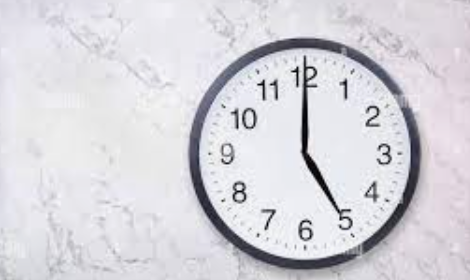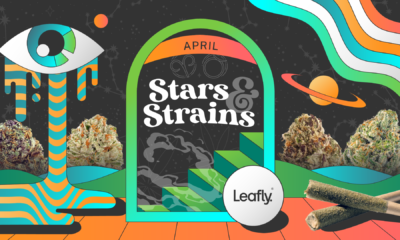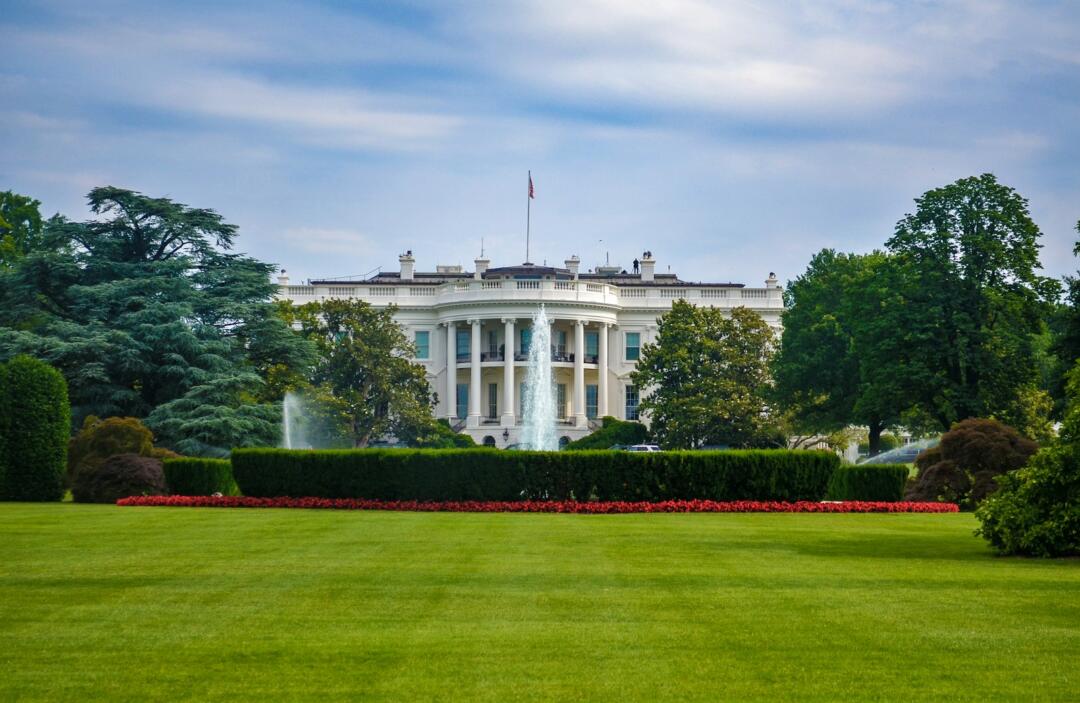Love it or hate it – April Fool’s Day is here to stay…and here is the history behind this unique tradition
From Britain to India, it is a popular day of pranks, laughs and silliness. From Google to Burger King has participated and some people spend endless hours planning the perfect joke. But what is the history behind April Fool’s Day? It is celebrated annually on April 1, is a global tradition marked by pranks and jokes. Despite its widespread popularity, the origins of this playful holiday remain uncertain, with several theories tracing its roots to different historical events and cultural practices.
RELATED: Why Do Whales Keep Swallowing People
Both April Fools’ Day and Día de Los Inocentes mark days when people play practical jokes on one another. April Fools’ Day is primarily celebrated in English-speaking countries, while Día de Los Inocentes is more widely marked in Spanish-speaking countries. A key way Día de Los Inocentes differs from April Fools’ Day is it celebrated on December 28th every year
Some of the most famous April Fool’s pranks include The Swiss Spaghetti Harvest, where the BBC broadcast a segment showing peasants harvesting spaghetti from trees in Switzerland. Another notable prank was when radio station KGB-FM in San Diego announced that the Space Shuttle was landing at a local airport, drawing over 1,000 people. Google has also been known for its annual April Fool’s jokes, such as the “Hyper Text Coffee Pot Control Protocol”. Additionally, brands like Pornhub have participated with humorous site name changes, such as “Cornhub” and “Hornhub”
One popular theory links April Fool’s Day to the adoption of the Gregorian calendar in 1582, initiated by Pope Gregory XIII. Before this change, many European countries followed the Julian calendar, where the new year began around late March or early April. Those who continued celebrating the old New Year date were mocked as “April fools,” giving rise to the holiday’s name and customs.

Another theory suggests that April Fool’s Day may have originated from ancient spring festivals such as Rome’s Hilaria or India’s Holi. Hilaria, celebrated in late March, involved games, disguises, and mockery of neighbors, while Holi featured playful pranks and joyous festivities marking the arrival of spring.
The first definitive reference to April Fool’s Day comes from a 1561 Flemish poem by Eduard de Dene. In this humorous tale, a nobleman sends his servant on absurd errands for nonexistent items, a prank still known as a “fool’s errand.” This poem solidifies April Fool’s Day as an established tradition by the late Middle Ages.
In France, the day became known as poisson d’avril (“April fish”), where children would pin paper fish on unsuspecting friends’ backs. This tradition symbolizes gullibility, likening victims to young fish easily caught.
RELATED: Fun Life Lessons Learned From Spaghetti Westerns
By the 18th century, April Fool’s Day had spread across Europe and North America. In Scotland, it evolved into “Gowkie Day,” where people were sent on wild goose chases. The following day, “Tailie Day,” involved pranks like pinning “kick me” signs on others. Media outlets also began participating in the holiday by publishing fake headlines and stories—a tradition that continues today.
While the exact origin remains debated, April Fool’s Day thrives as an opportunity for lighthearted fun worldwide. Its enduring appeal lies in its ability to bring laughter and mischief into everyday life, transcending cultural boundaries and historical uncertainties.


 Cannabis News2 years ago
Cannabis News2 years ago
 One-Hit Wonders2 years ago
One-Hit Wonders2 years ago
 Cannabis 1012 years ago
Cannabis 1012 years ago
 drug testing1 year ago
drug testing1 year ago
 Education2 years ago
Education2 years ago
 Cannabis2 years ago
Cannabis2 years ago
 Marijuana Business Daily2 years ago
Marijuana Business Daily2 years ago
 California2 years ago
California2 years ago






























